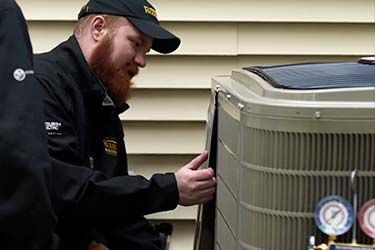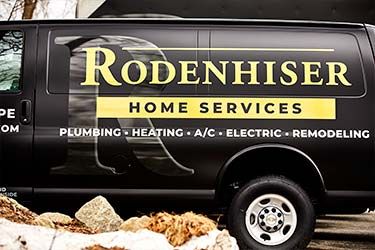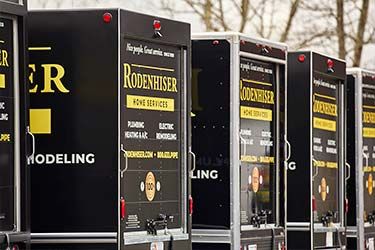
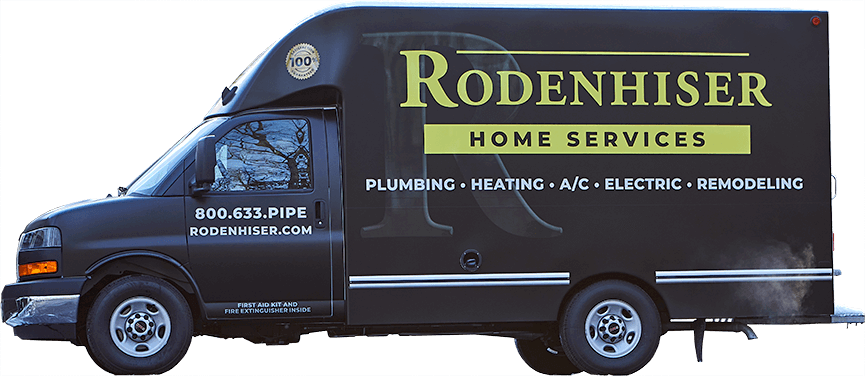
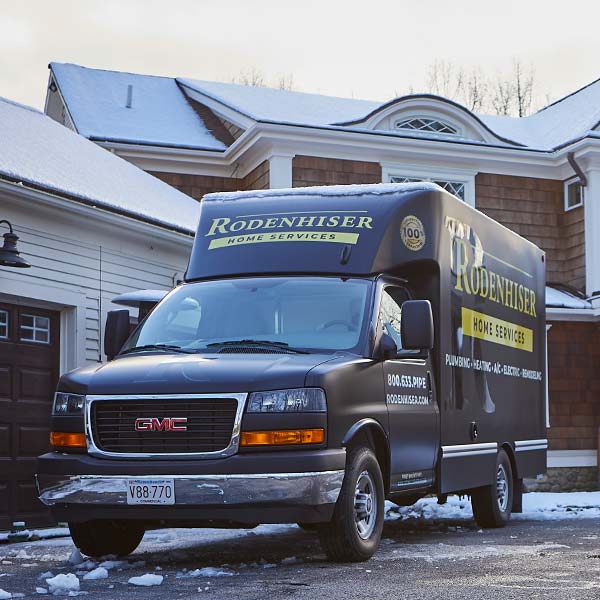

Many homeowners are surprised to learn that the air inside their homes may be up to 10 times more polluted than the air outdoors. When it comes to indoor air quality, UV light (ultraviolet light) works to destroy the DNA of micro-organisms that can be harmful to your family's health.
A few of the micro-organisms that may be floating around inside your home include:
Essentially, UV lights break down the molecular bonds of these micro-organisms.
To improve indoor air quality, a UV light may be mounted inside of the duct of a forced air HVAC system. These micro-organisms are then exposed to the ultraviolet light 40 to 75 times per day as the air passes through the UV light, which effectively destroys them.
Standard air filters work to trap dust, dander, pet hair and other contaminants, but are not effective for trapping these small micro-organisms, which then pass right through the filter and in to your home. High-efficiency filters will capture more of the micro-organisms than regular filters, but the tiniest will still pass through. To put it simply, in order to have the best indoor air quality UV light is recommended as it will kill the majority of contaminants and airborne bacteria before they can enter your home.
Having clean, healthy air inside your home is important, especially if you have family members who suffer from asthma, allergies and other respiratory problems. This is an affordable and relatively maintenance free way to make the air you breathe cleaner and safer for your family.
Rodenhiser Plumbing, Heating and Air Conditioning services the Route 495/128 area of Massachusetts. Call us if you have questions about how a UV light affects indoor air quality.
Our goal is to help educate our customers about energy and home comfort issues (specific to HVAC systems). For more information about indoor air quality UV lights and other HVAC topics, please download our free Home Comfort Solutions guide.





Both Alex and Patrick were knowledgeable, courteous, and professional. They made a change that might have solved the recent problem and have structured a more complete solution. We agreed to this...
Mike was thorough, thoughtful and considerate. Covered their shoes before entering, surveyed my issue and provided an explanation of the services and costs. Great Job!
Alex did a great job providing an explanation of the services provided and went out of his way to offer assistance/advice on other issues outside of our scheduled maintenance visit.
Brian did an excellent job inspecting our 18-year old boiler and replacing some of the accessory hardware that needed it, he also adjusted the outgoing hot water settings for our radiators and...
Rodenhiser is my one stop shop!!! They take care of my HVAC, electrical, and plumbing issues & are always helpful addressing any questions I may have about the systems in my house! Everyone...
Chris G. and Nick V. showed up bright and early at 8am to fix my water heater issue. They were on time, polite and were able to fix an issue that has been plaguing my house for a good year. They...
When you are looking for plumbing, electrical, heating or air conditioning in the Route 495 / 128 area, you will be delighted that you called Massachusetts' trusted choice since 1928.
With a total dedication to professional workmanship and excellent service, discover why families and businesses continue to trust Rodenhiser after generations of service


